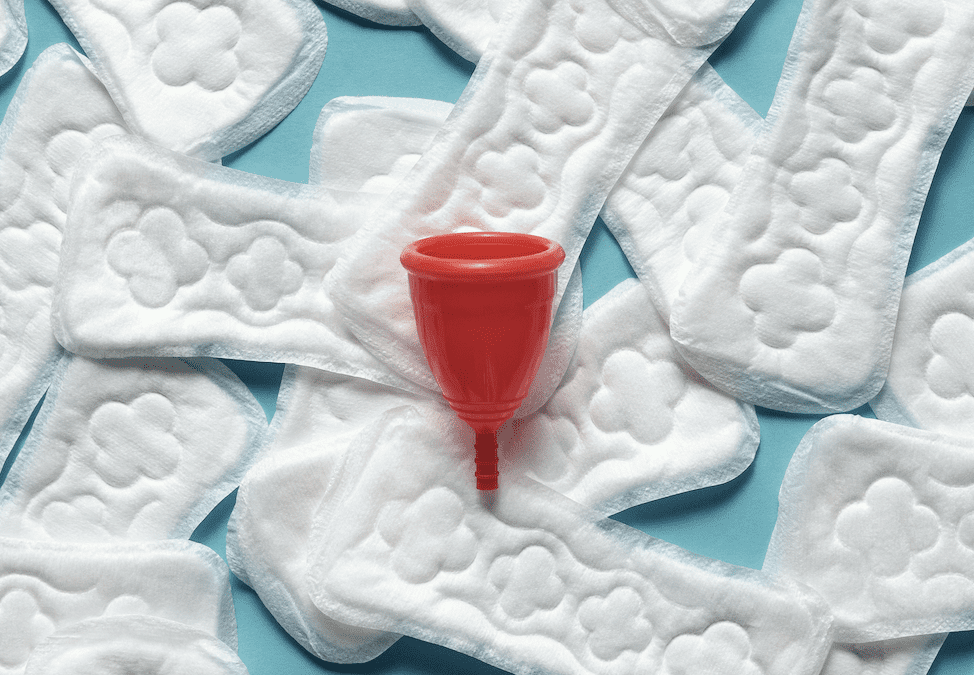A recent paper published in the BMJ Sexual & Reproductive has found that many menstrual products have a lower or higher liquid capacity than advertised.
The study, led by a team of researchers at Oregon Health & Science University tested 21 different menstrual products, including discs, tampons, pads, period underwear, and cups.
Clinician and an assistant Professor of Haematology, Dr Bethany Samuelson Bannow, co-authored the study, told Scientific American that people assume women reach for alternative period products for sustainable reasons but rather it’s commonly for dealing with a heavy menstrual flow.
“We realised that there wasn’t really a metric for diagnosing heavy menstrual bleeding in folks who use those products,” she said.
“It needed to be updated,”
The absorbency estimates are based on decades-old tampon research that did not account for fibroids, polyps, and diseases such as endometriosis that affect blood flow. Samuelson Brown said these initial studies also used a saline solution rather than menstrual blood, a practice commonly used today.
“Blood and saline solution have very different viscosities, meaning they are absorbed at different rates.”
“This is the first known study to test the absorbency of period products with blood.”
The results suggest that doctors may be under-diagnosing heavy menstrual bleeding, which has left many women confused if they have any underlying medical conditions.
Kate Seller, who experiences heavy menstrual bleeding, says the study says she now understands why her period products were failing.
“I can go through a super-sized tampon almost every hour when I am on my heaviest days,” she said.
“I never understood why the absorbency capacity on tampon packages was so different to my flow. I felt like I was the only one constantly going through products.”
The current study has also filled the knowledge gap regarding understanding the maximal capacity of new-age menstrual products, such as period underwear, menstrual discs, and cups.
Ms. Seller said she is hopeful in trying alternative products in light of the study
“I’ve never really considered using anything like a menstrual cup but knowing I might be less stressed about my period is very comforting,” she said.
With more information accessible around feminine menstrual hygiene, there is hope that better discussion around women’s menstrual health treatments and products will lead to improved gender equity in health care.

